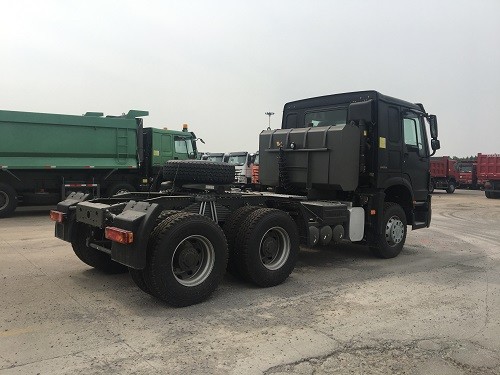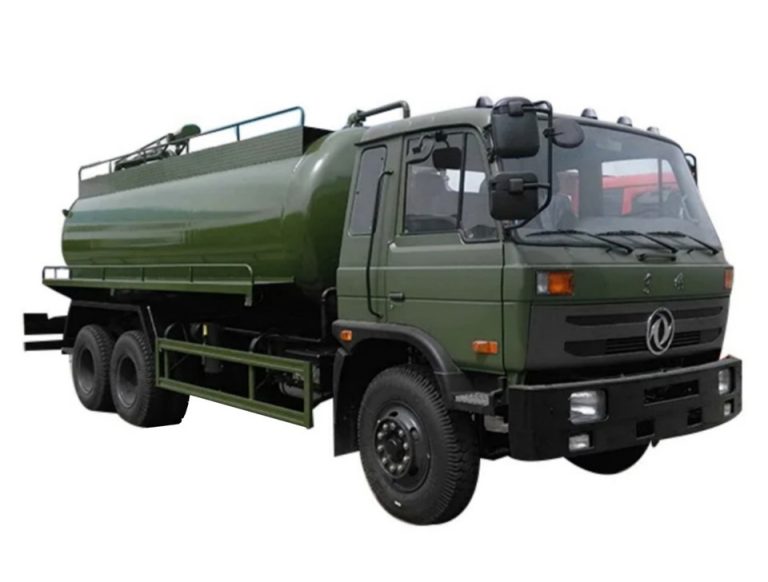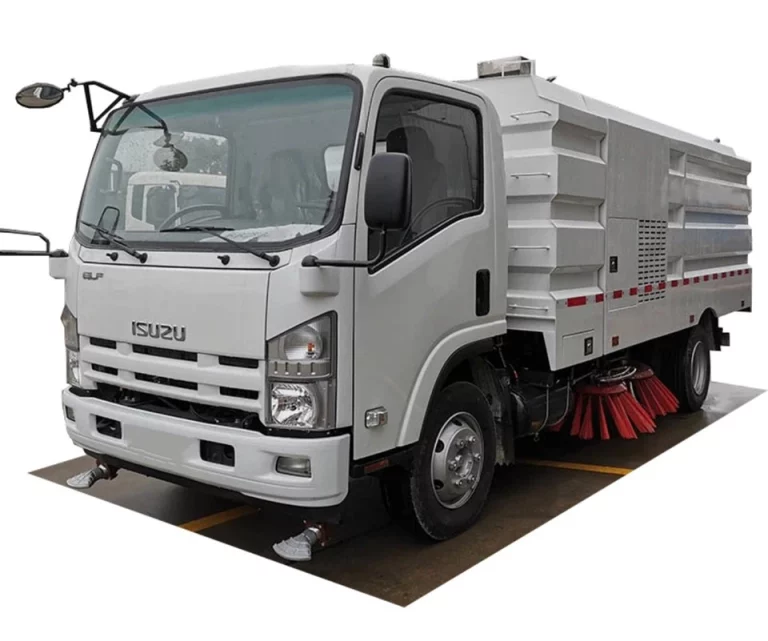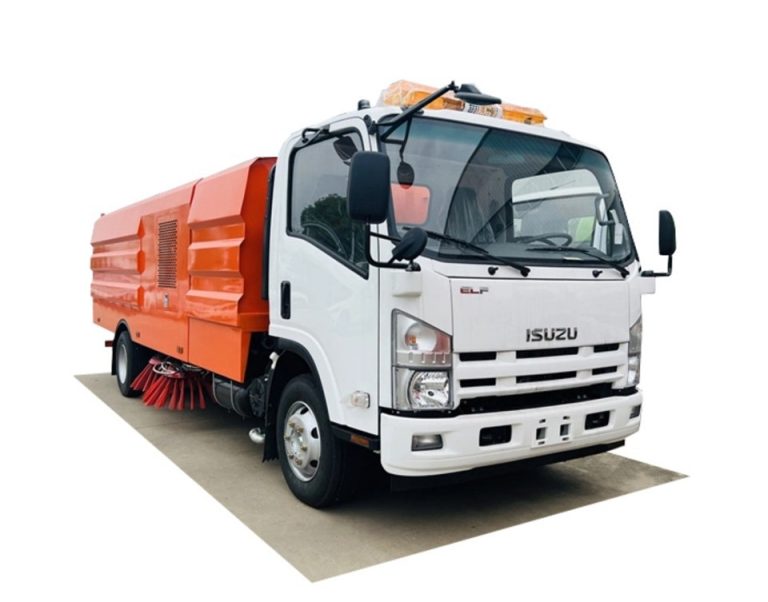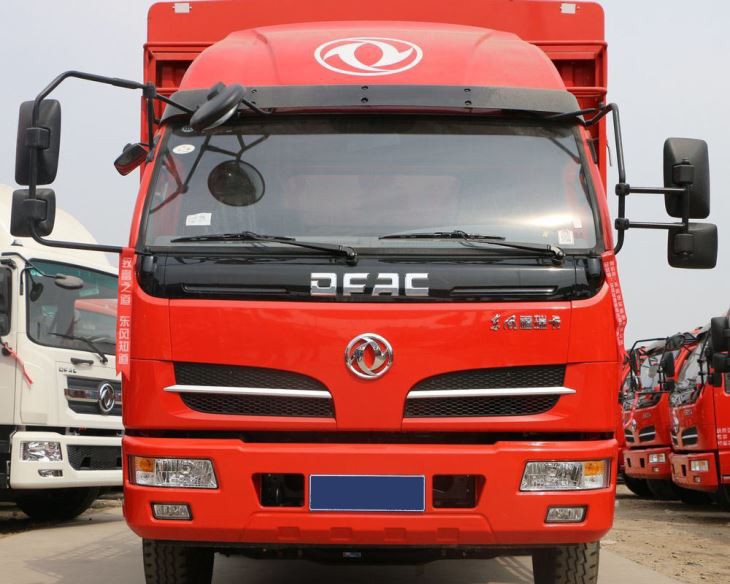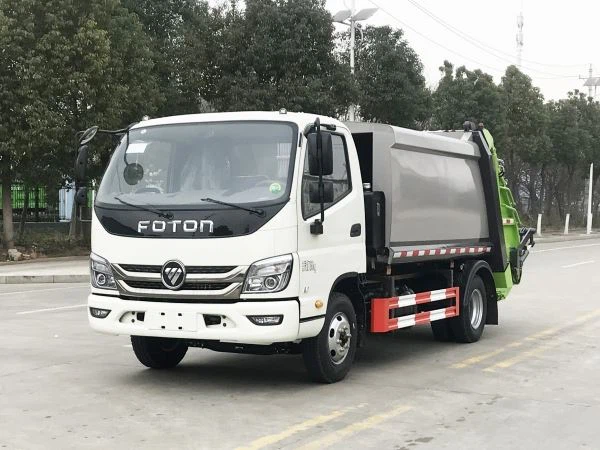Tanker trucks are essential vehicles used in various industries for transporting liquids and gases. With increasing demands for safe and efficient transportation, understanding the different types of tanker trucks can help businesses and individuals choose the right vehicle for their needs. This comprehensive guide covers everything you need to know about types of tanker trucks, their uses, and their operational features.
What are Tanker Trucks?
Tanker trucks are specialized vehicles designed to transport bulk liquids, gases, and sometimes dry goods. These trucks come in various shapes and sizes and are equipped with tanks specifically designed for safe transport. The construction of tanker trucks often adheres to strict regulatory guidelines to ensure the safety of transported materials and the public.
Types of Tanker Trucks
There are several distinct types of tanker trucks, each designed to meet specific transport needs. Below are categories of tanker trucks most commonly used in the industry:
1. Fuel Tanker Trucks
Fuel tanker trucks are designed to transport liquid fuels, including gasoline, diesel, and kerosene. These trucks come with safety features and are often categorized into two types:
1.1. Compartmented Fuel Tankers
Compartmented fuel tankers transport different grades of fuel simultaneously. These compartments separate the varying products within the same truck, reducing the risk of contamination.
1.2. Full-Tank Fuel Tankers
Full-tank fuel tankers carry a single type of fuel. They maximize the payload capacity and are often used for long-distance hauls of a specific fuel type.
2. Water Tanker Trucks
Water tanker trucks are typically used for transporting potable water, irrigation, or swimming pool filling. Key features include:
2.1. Potable Water Tankers
These trucks are equipped with tanks that meet health regulations for transporting drinking water. They often have specific piping and pumps to maintain safety.
2.2. Non-Potable Water Tankers
Non-potable water tankers, often used for construction and firefighting, transport water that is not intended for human consumption.
3. Chemical Tanker Trucks
Chemical tanker trucks are designed to transport hazardous or non-hazardous liquids, such as acids, corrosives, and other industrial chemicals.
3.1. ISO Tank Containers
ISO tank containers are standardized containers mounted on trucks, suitable for transporting both hazardous and non-hazardous liquids. They comply with international safety standards.
3.2. Uninsulated Chemical Tankers
These tankers are designed for transporting chemicals that don’t require temperature control. The absence of insulation makes them suitable for acids and other stable liquids.
4. Liquid Food Tankers
Liquid food tankers are specifically designed for transporting consumable liquids like milk, juices, and sauces. They must follow strict hygiene regulations.
4.1. Milk Tankers
Milk tankers are insulated and often equipped with pumps for sterile transfer, ensuring that dairy products are not contaminated during transport.
4.2. Juice and Beverage Tankers
These tankers typically have a specially designed lining and cooling equipment to maintain product quality during transportation.
5. Hazardous Material Tankers
Hazardous material tankers transport dangerous goods regulated under various transport laws. These trucks are specially designed for safety and include:
5.1. Vacuum Tankers
Vacuum tankers are used to transport hazardous waste and sludge. They operate under vacuum pressure to remove and store hazardous materials safely.
5.2. ADR Tankers
ADR tankers comply with European Agreements on Transport of Dangerous Goods. They have special certifications and designs for safely transporting hazardous materials.
6. Dry Bulk Tankers
Dry bulk tankers are designed for transporting dry materials such as grains, powders, and pellets. Unlike other tanker types, they don’t carry liquids.
6.1. Pneumatic Tankers
Pneumatic tankers use air pressure to unload dry products, making them ideal for transporting commodities like cement, flour, and plastic pellets.
6.2. Non-Pneumatic Tankers
These tanks utilize gravity and traditional unloading methods, often suitable for larger bulk shipments.
7. Specialized Tanker Trucks
In addition to the commonly used tanker types, there are several specialized tankers designed for specific tasks.
7.1. B-Train Tankers
B-train tankers consist of two trailers connected by a fifth wheel. They provide additional capacity and are used primarily for fuel and chemical transportation.
7.2. Insulated Tankers
Insulated tankers are used for transporting temperature-sensitive liquids. They feature heating systems to maintain the specific temperature of the liquids being transported.
Choosing the Right Tanker Truck
When selecting a tanker truck for your transporting needs, consider the following factors:
1. Type of Liquid or Material
The nature of what you plan to transport dictates the type of tanker truck required. Always align the tanker type with the product properties.
2. Regulatory Compliance
Ensure that the truck meets local regulatory requirements for transporting the specified materials, particularly for hazardous substances.
3. Payload Capacity
Choose a tanker that offers the best payload capacity for your needs without compromising safety or compliance.
4. Tanker Safety Features
Look for features such as anti-surge technology, pressure relief valves, and spill containment options to enhance safety during transportation.
Operational Tips for Tanker Truck Drivers
Driving tanker trucks comes with unique challenges. Here are some tips that can help tanker truck drivers operate safely:
1. Understand Liquid Surge Dynamics
The liquid inside the tanker shifts during driving, which can affect stability. Drivers should familiarize themselves with these dynamics to improve control.
2. Practice Safe Loading and Unloading
Always follow safety protocols while loading and unloading the tanker. Secure connections and check for leaks before transporting. Use caution during the unloading process to prevent spills.
3. Regular Maintenance Checks
Perform regular maintenance on the tanker truck to avoid mechanical failures. This includes inspecting hoses, brakes, and tires regularly.
Environmental Considerations
Transporting liquids and gases can have an environmental impact if not done carefully. Here are key considerations for minimizing environmental harm:
1. Leak Prevention
Ensure that all seals and fittings are secure to prevent leaks that can contaminate soil and waterways.
2. Spill Management Plans
Have spill kits and response plans in place to address potential leaks or spills during transportation.
3. Fuel Efficiency
Driving habits that promote fuel efficiency not only reduce costs but also lower the carbon footprint. This includes maintaining optimal speed and avoiding rapid acceleration or braking.
Future Trends in Tanker Trucks
As technology advances, the tanker truck industry is evolving. Some upcoming trends include:
1. Electric Tanker Trucks
The rise of electric vehicles is beginning to influence tanker trucks. Companies are developing electric tankers that will help reduce emissions.
2. Enhanced Safety Features
Newer tanker models are being equipped with advanced safety features such as collision avoidance systems and automated driving technologies.
3. Smart Tankers
Internet of Things (IoT) technology is being integrated into tanker trucks, allowing real-time monitoring of cargo conditions and location tracking.
FAQs about Tanker Trucks
1. What is the average capacity of a fuel tanker truck?
The average capacity of a fuel tanker truck is typically between 5,000 to 12,000 gallons, depending on the design and regulations.
2. How do I ensure the safe transport of hazardous materials?
To ensure safe transport, use properly certified vehicles, adhere to all regulations, and follow safety protocols during loading and unloading.
3. What are the main challenges faced by tanker truck drivers?
Challenges include managing liquid surge, ensuring compliance with regulations, and handling adverse weather conditions.
4. Are there special licensing requirements for driving tanker trucks?
Yes, many regions require a special commercial driver’s license (CDL) with endorsements for transporting hazardous materials or tankers.
5. How often should tanker trucks be maintained?
Tanker trucks should undergo regular maintenance checks, typically every 10,000 miles or as recommended by the manufacturer, as well as routine inspections before and after trips.
6. What materials are typically transported in dry bulk tankers?
Dry bulk tankers usually transport granular or powdered materials such as cement, flour, and plastic pellets.
